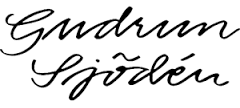Sustainable sewing is a fast-growing trend. From The Great British Sewing Bee to a huge global surge in refashioning clothing, makers everywhere are looking for ways to sew responsibly.
Sustainability has been a big part of the Sewing Bee from the very beginning – each week, contestants are asked to create a unique outfit using old clothes as part of the Transformation Challenge. This challenge allows the sewers to show off their creative talents and make a truly original outfit in the process.
In recent years, each series has featured a regular Reduce, Reuse, Recycle Week to promote sustainable stitching (keep an eye out for it in this year's show!).
The momentum for change in the wider sewing community is only getting stronger, whether it’s continuing to support smaller businesses or committing to creating a better world.
As awareness grows of the wastefulness, poor working conditions and environmental impact of some sectors of the fashion industry, the time has come to make a change, and sewing our own clothes is a great first step.
Designers, bloggers, influencers and shoppers alike have been making efforts to be more green. Buying clothes from ethically responsible companies such as Gudrun Sjödén, is one way to help. Gudrun focuses on using sustainable materials and weaving techniques to make clothes that will last, challenging the perception that fashion is always fast and wasteful.
Alternatively, you could play your part by creating your own clothes – or repurposing and mending what you already have – to avoid creating excess waste.
If you enjoy sewing, there’s a myriad of ways to keep your me-made wardrobe eco-friendly and stylish at the same time.
Read on for some of our best sustainable sewing tips.
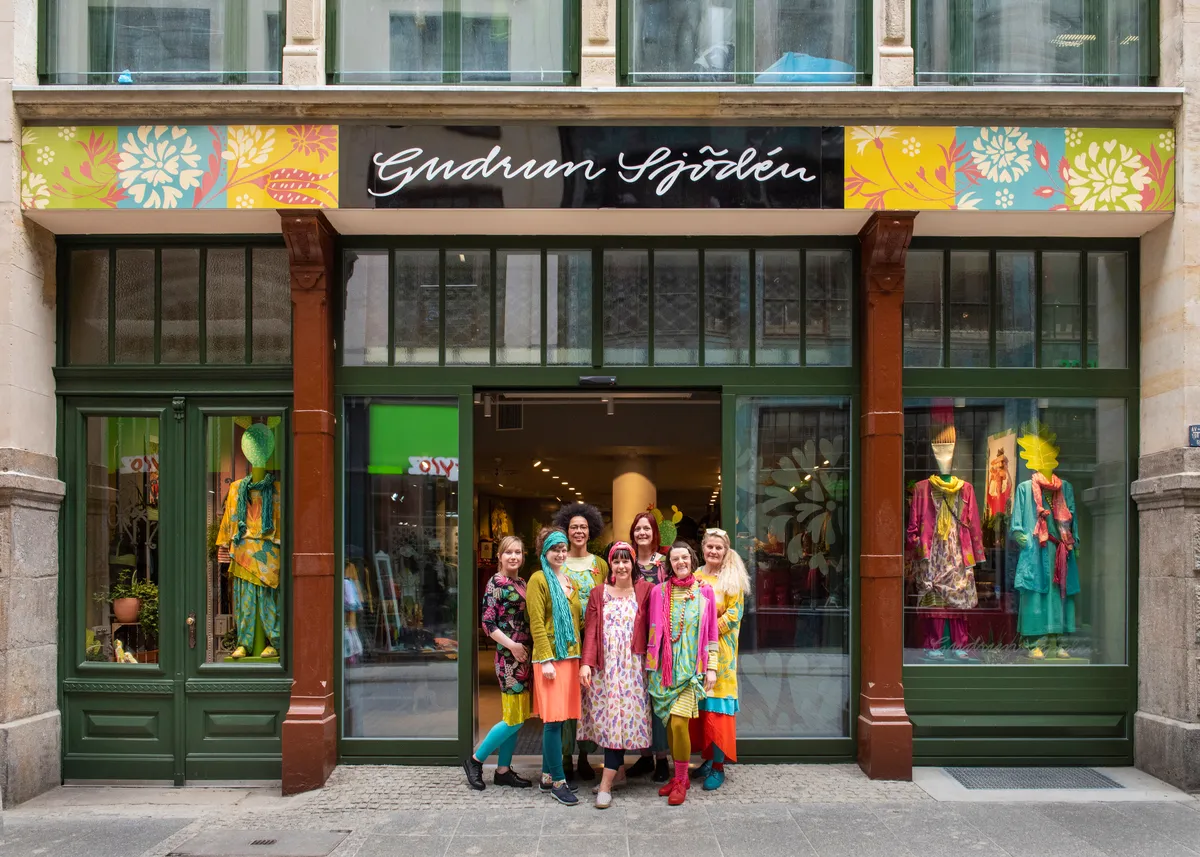
Make sustainable fashion choices
There’s nothing wrong with investing in new items of clothing every now and then, provided they’re of good quality and made responsibly.
No one understands this better than Gudrun Sjödén. As a fashion designer seeking to redefine the values of the industry, sustainability runs through every fibre of her clothing.
Every aspect of Gudrun's designs are carefully considered, from the patterns to the fabric choices. It takes around a year to produce each garment from the first sketches to the final design.
This care and attention to detail also extend to the eco-friendly credentials of the materials. For example, the beautiful patterned designs are applied to the fabric using a variety of environmentally friendly methods.
Many of the patterns are printed by hand using traditional block printing techniques, but Gudrun also makes use of more modern methods such as digital printing, which uses less water.
Gudrun makes use of organic cotton, which is coloured using organic dyes. Many of the clothes incorporate recycled cotton sourced from industry scraps and leftover fabric. You'll also find garments in Gudrun's collections made from sustainable materials such as bamboo, flax and wool.
The brand wants your clothes to last too and provides washing and care advice to ensure that you can wear your favourite garments for years to come!
When you're buying from Gudrun, make sure you check the product descriptions. They feature logos that show the garment's environmental properties, support for traditional craft methods or backing for good causes. Take a look at Gudrun's environmental credentials to find out more.
Ready to give your wardrobe a seasonal update? Head over to Gudrun Sjödén's website to discover their latest collections, from the vibrant Chennai range to the dreamy Seashore Styles.
Upcycling – the trend that will never get old
Why buy fabric when you can use pre-loved garments you already have at home? If you’re a keen sewist, or you’re new to dressmaking and looking for ideas for where to begin, upcycling is the perfect way to create sustainable fashion you won’t see all over the high-street.
Below is a list of great sewing projects and sustainable upcycling ideas that you can easily do at home. Not only will you have the satisfaction of knowing how much hard work has gone into your clothes, but you’ll also be making firm changes to reduce waste and opt for a more eco-friendly life.
1. Turn a pair of jeans into a skirt
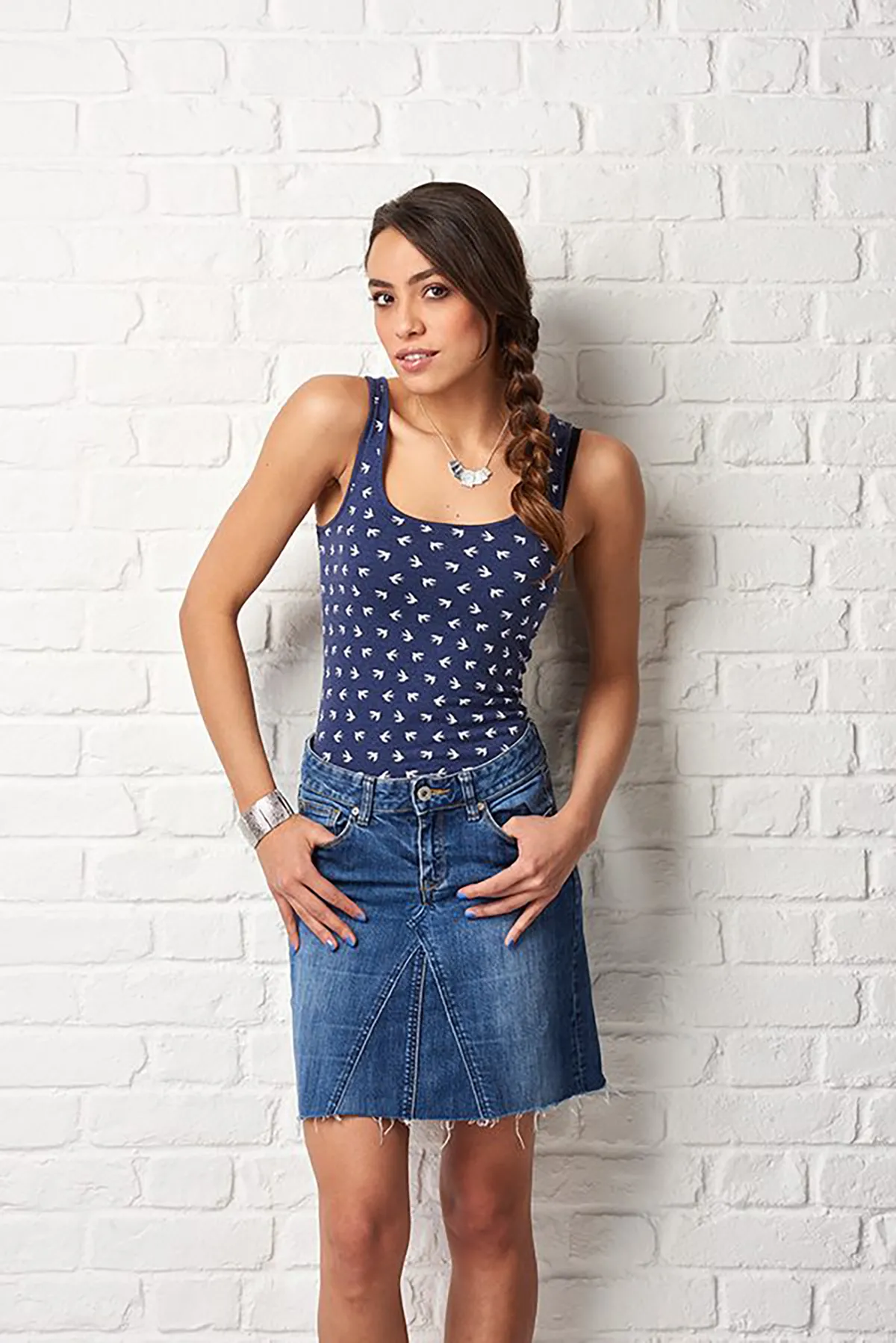
This simple project will see you turn an old pair of jeans into a gorgeous skirt. Since you won’t need to buy any new fabric, it’s ideal for keeping your crafting eco-friendly.
If you have any old t-shirts or other items lying around, you could always add some fabric shapes to embellish your skirt.
Try our denim skirt refashion project.
2. Fashion a shirt into a cami top
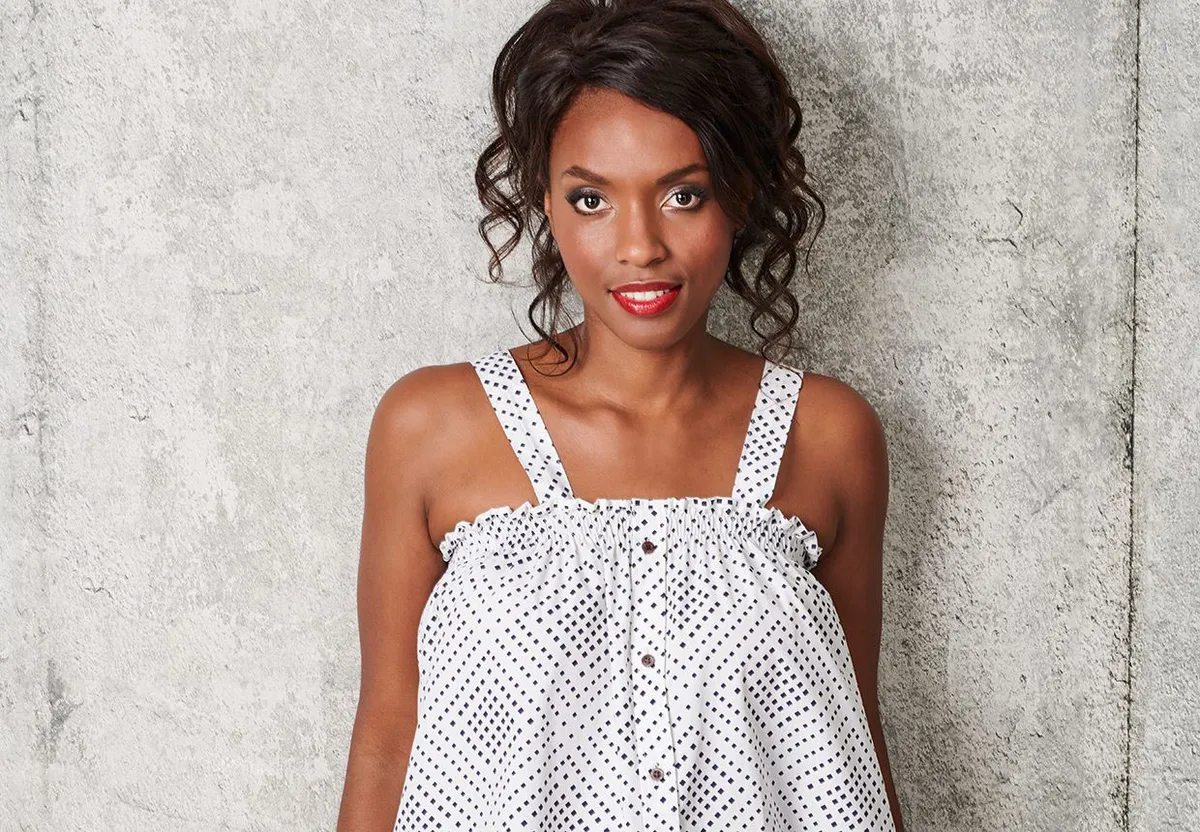
The beauty of this project is that it offers endless opportunities. Once you’ve finished one top, you can experiment with other styles such as a cross-over back, a halter neck or tie straps. It’s a great way to give old, neglected shirts a new lease of life.
Find out how to turn a shirt into a cami top.
3. Decorate with floral embroidery
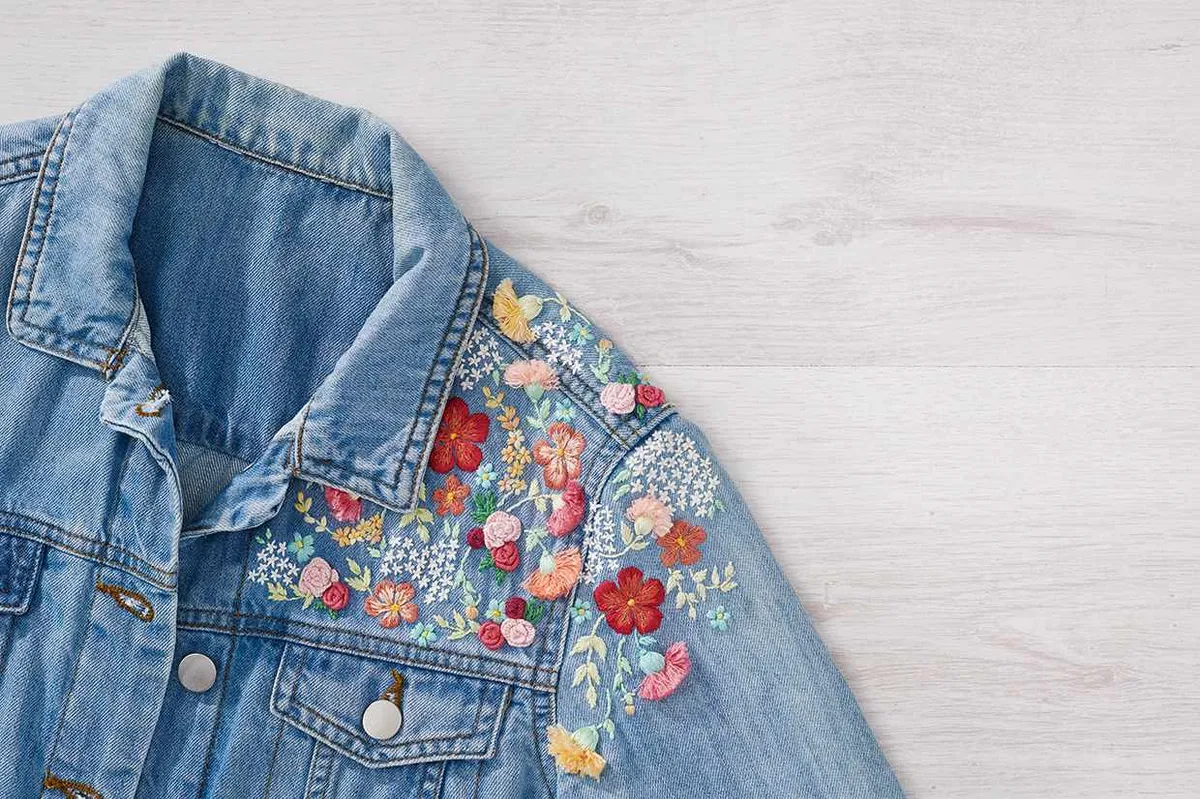
Give your wardrobe staples a makeover with a colourful explosion of three-dimensional stitching. Transform plain garments into bold statement pieces with our free embroidery pattern by Rachel Dobbins. This design works exceptionally well on denim jackets.
Stitch our free flowers embroidery pattern.
4. Naturally dye your fabrics
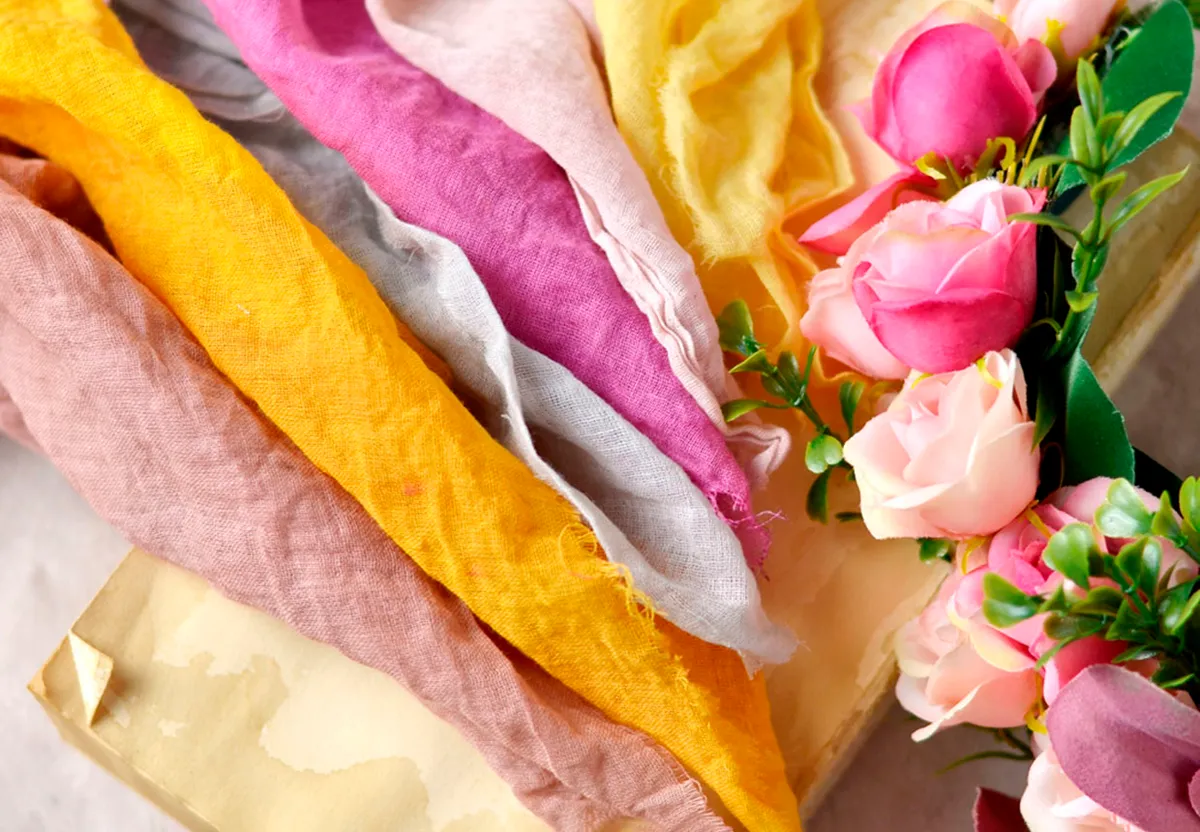
This guide shows you how to dye fabric, using only natural products you’ll already have in your kitchen. As most shop-bought dyes are not eco-friendly, it’s valuable to know how to make your own.
Discover how to make your own natural dyes.
5. Spruce up your pockets
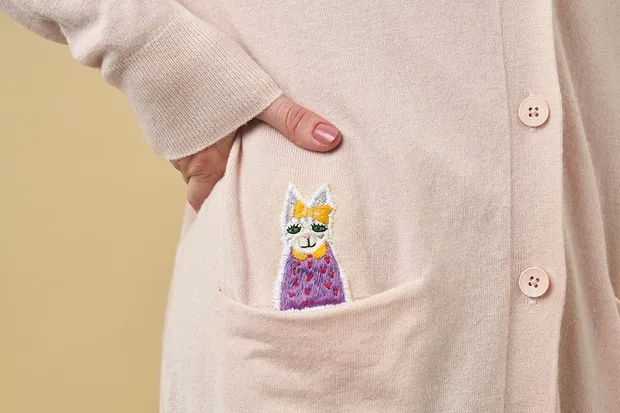
If you’re looking for a subtle way to revamp your old clothes, this guide is made for you. Take a look to find out how to embroider Lana Red’s ‘pocket cats’ onto clothes – the perfect antidote to boring old cardigans.
Add embroidered cats to your pockets today!
6. Spaghetti straps
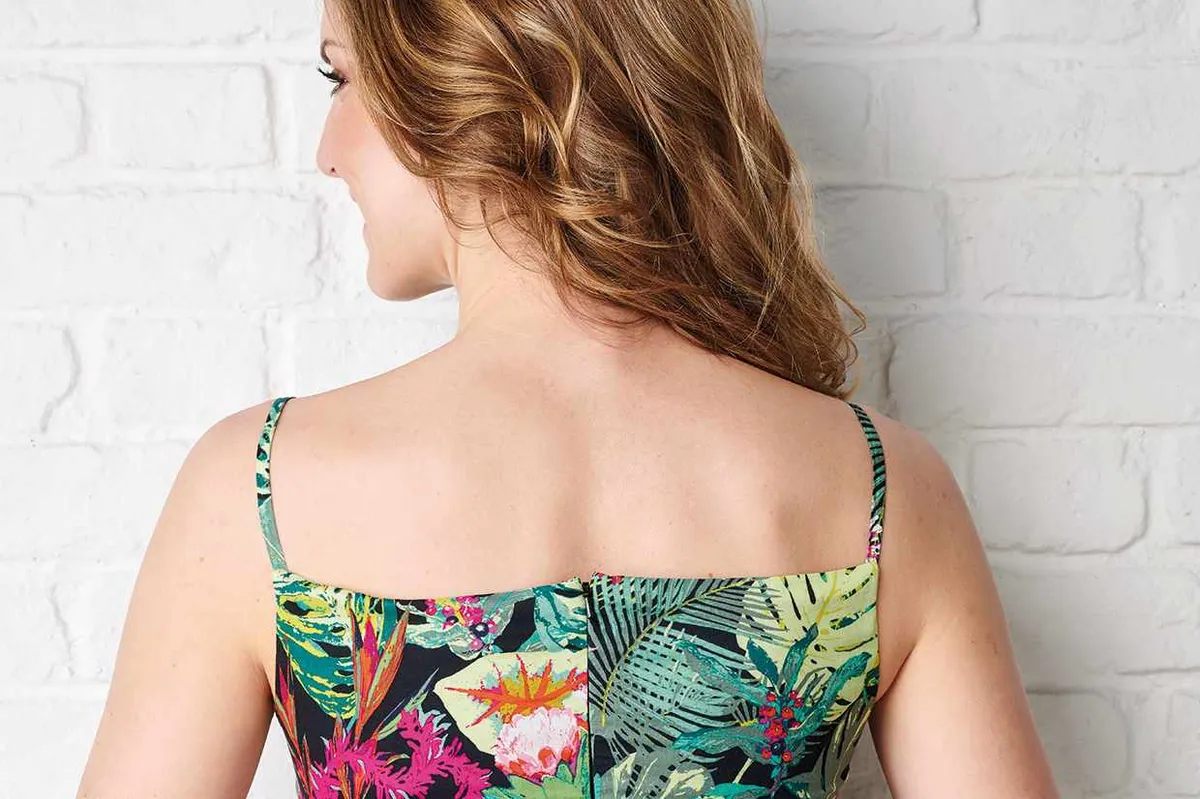
We all have an old top that we used to love but doesn’t look quite as good as it used to. Breathe new life into it by altering the straps to an on-trend spaghetti style. Go on, you’ve got nothing to lose!
Learn how to make spaghetti straps for all your outfits.
7. Zero waste dressmaking
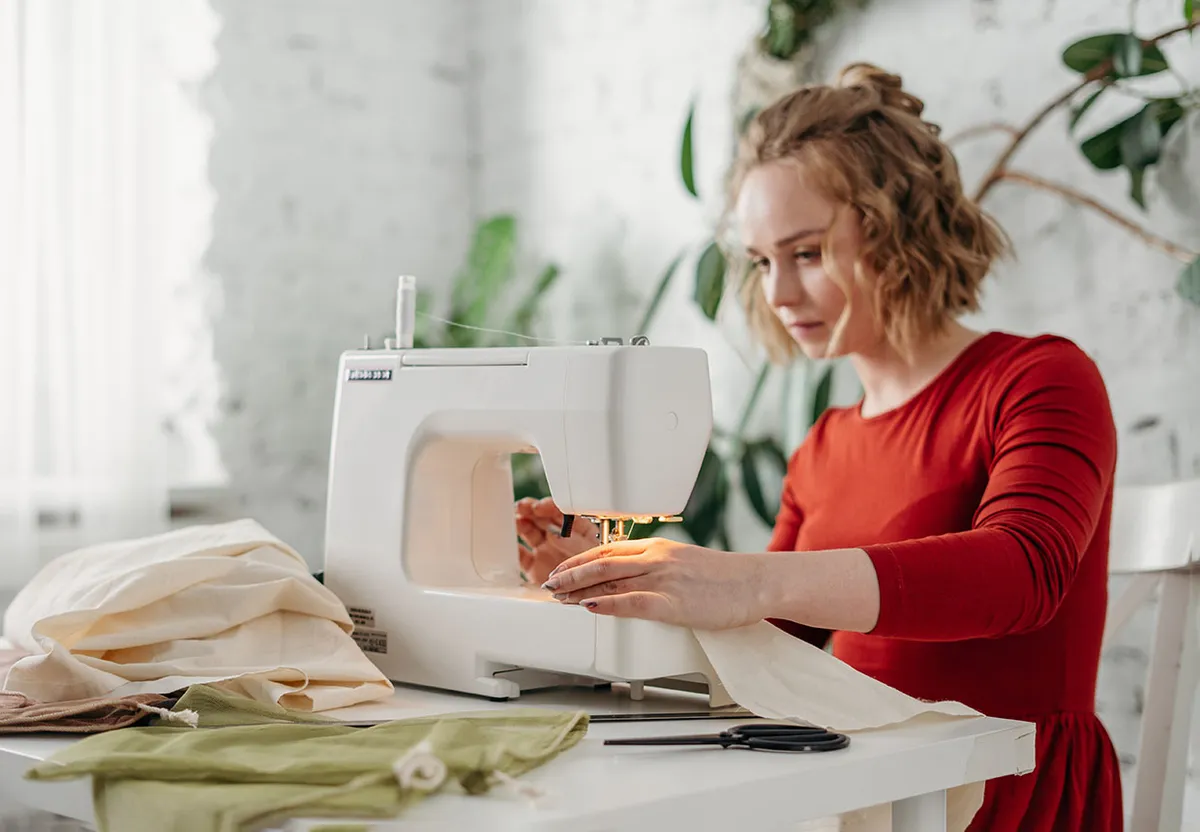
The idea behind this concept is to minimise the amount of material wasted when using fabric to make a dress. All you need to do is follow this template, and you’ll be on your way to becoming a sustainable sewer.
Check out this fantastic guide to zero waste dressmaking.
8. Patch up your clothes with visible mending
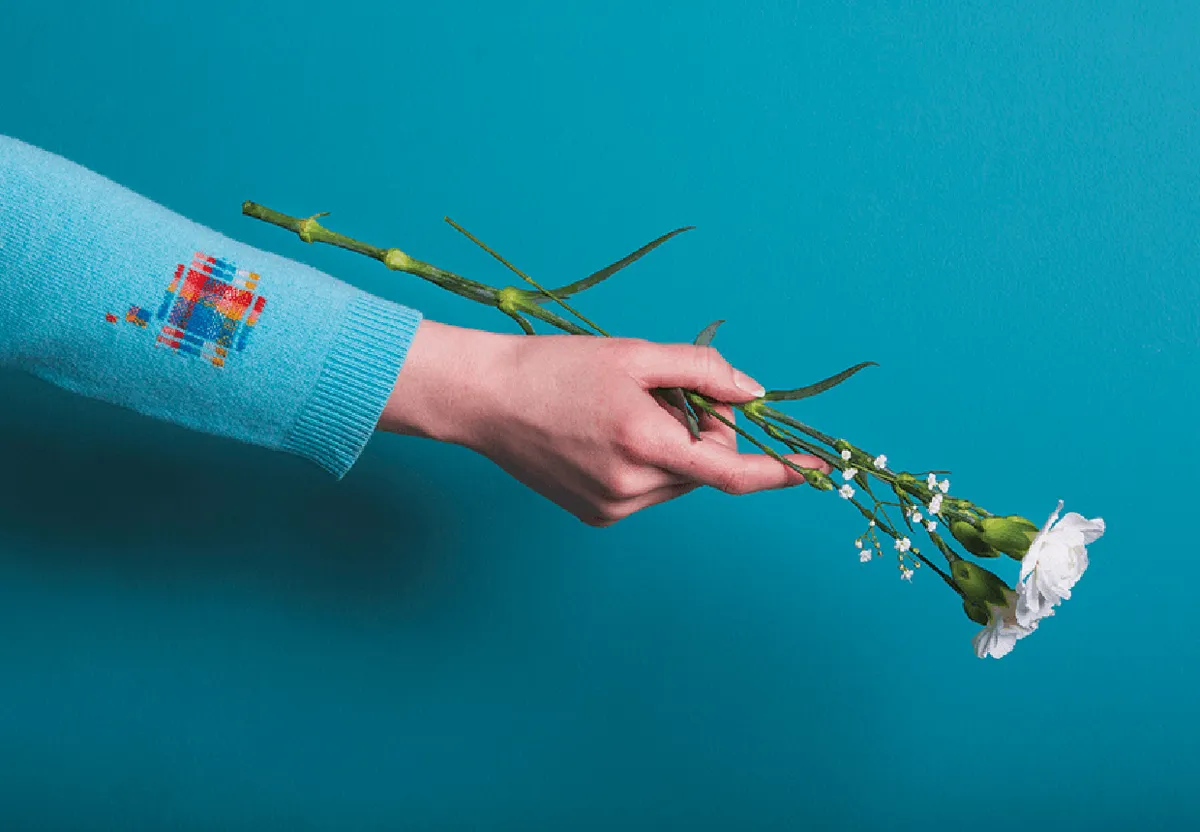
Even if you've taken good care of your garments, they'll eventually show signs of wear. The good news is that there's an easy way to give them a new lease of life: visible mending.
Visible mending techniques are a pretty way to fix old clothes and make something beautiful in the process.
9. Denim shirt refashion
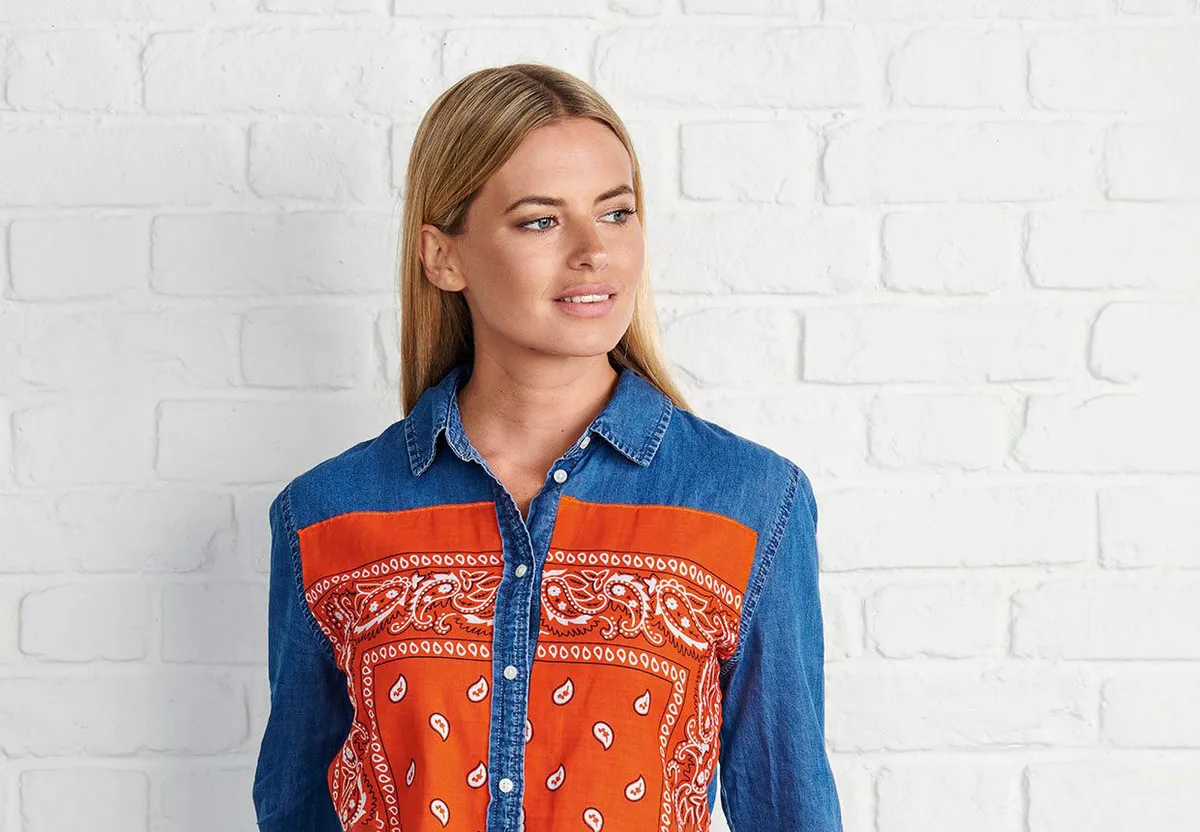
This denim shirt refashioning idea wouldn't be out of place on the Sewing Bee! Challenge yourself to give an old denim shirt a fresh new look and imagine that you're on the show.
Get crafty with this denim shirt refashion project.
10. T-shirt to peplum top makeover
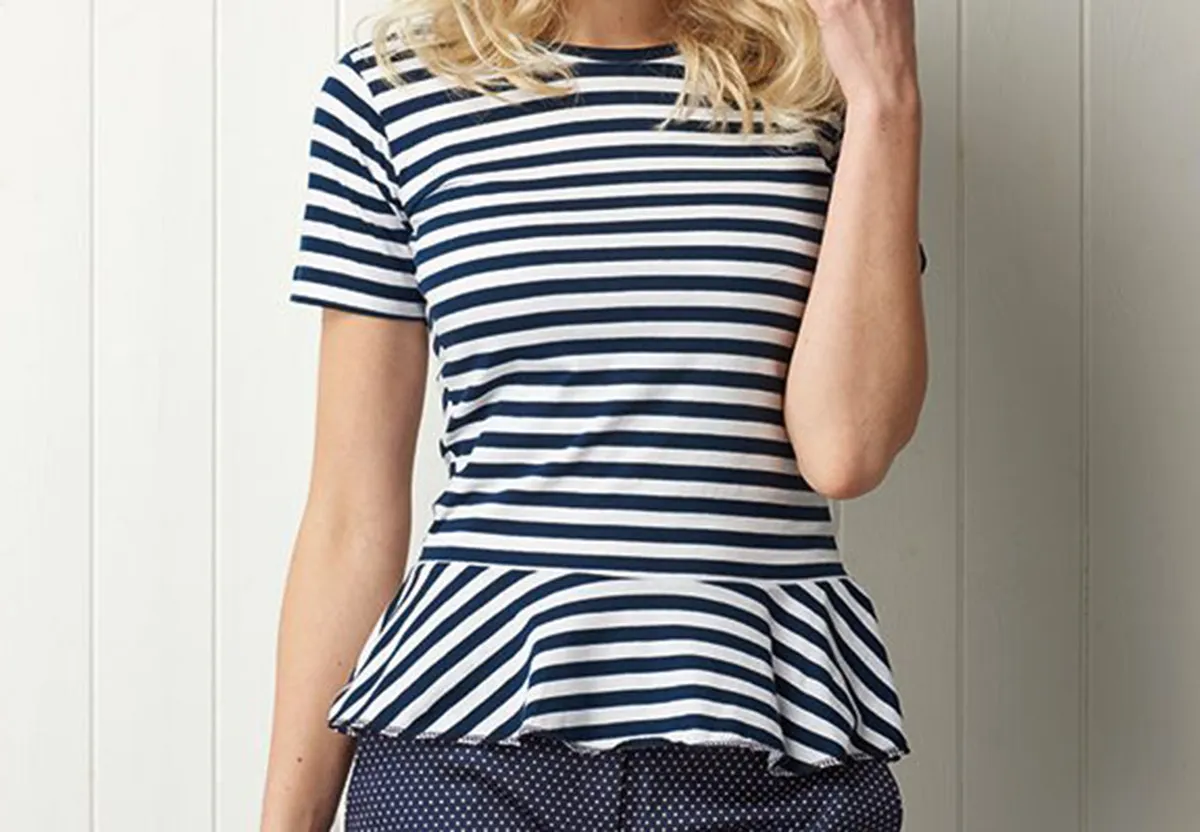
Turn a dull old t-shirt into a cute new top with this clever peplum top refashion. This is a beginner-friendly project that's perfect for anyone new to dressmaking.
Transform your t-shirts with this peplum sewing pattern.
Even more sustainable sewing ideas
The principle of sustainable fashion doesn’t end with the clothes in our wardrobes. Raid your wardrobe for pre-loved garments and you’ll often discover material used in your old clothes that can enjoy a longer lifespan if you cut it up and refashion it.
Try creative ways to repurpose old items…
1. Tie dye your home
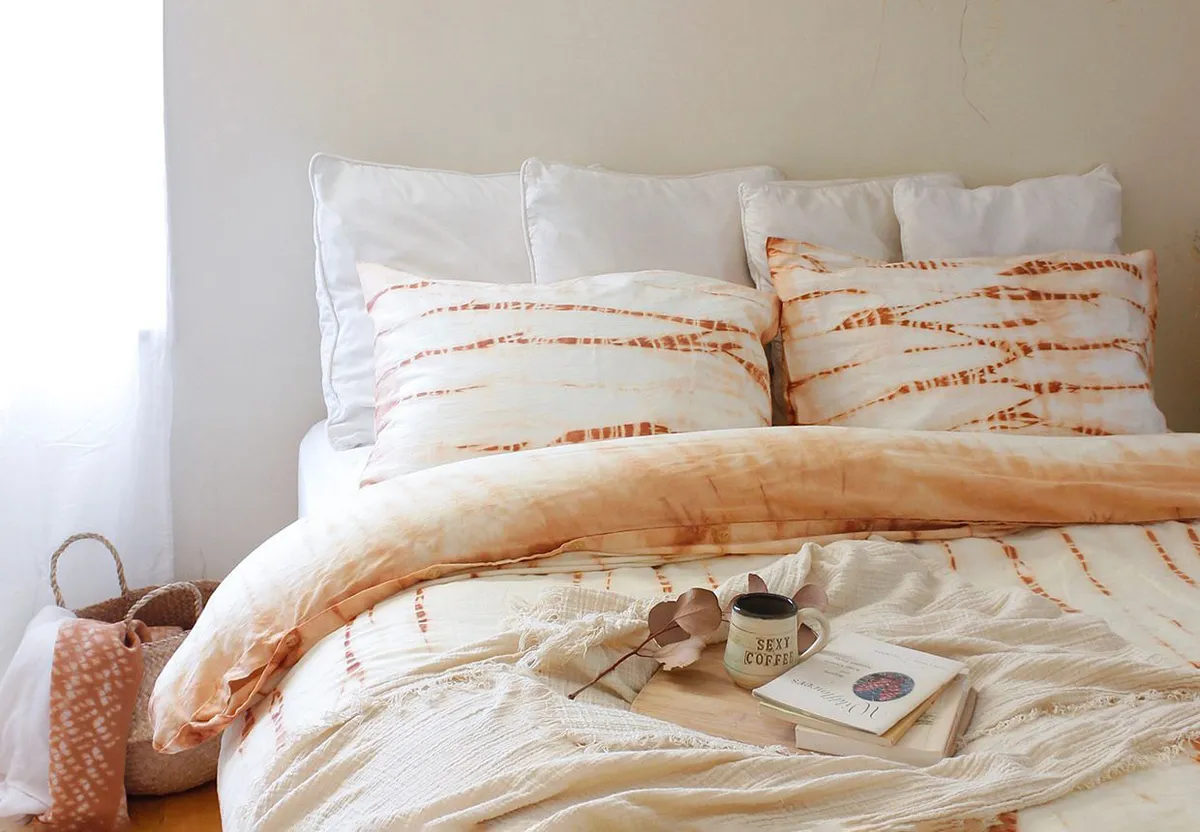
Tie dye is a fun way to upcycle textiles in your home and give them a fresh new look. You can tie dye everything from duvet covers to towels!
Get started with Gathered's roundup of creative things to tie dye.
2. The t-shirt teddy
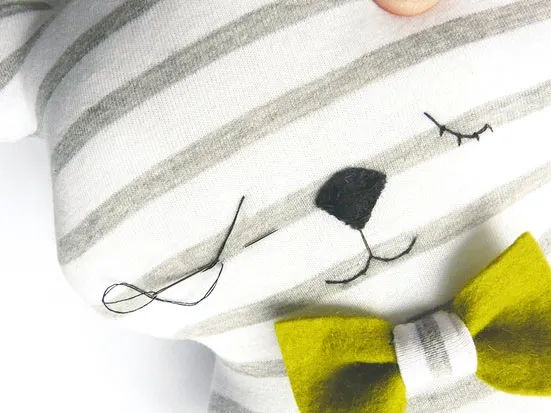
A t-shirt teddy is a great gift for the little ones in your life. Soft, sustainable and full of character, you won’t find anything more adorable than these cute little bears.
Plus, they can easily be made in an evening, so they’re ideal if you’re looking for a quick craft project.
Sew this sweet little teddy bear sewing pattern.
3. Put your fabric scraps to good use
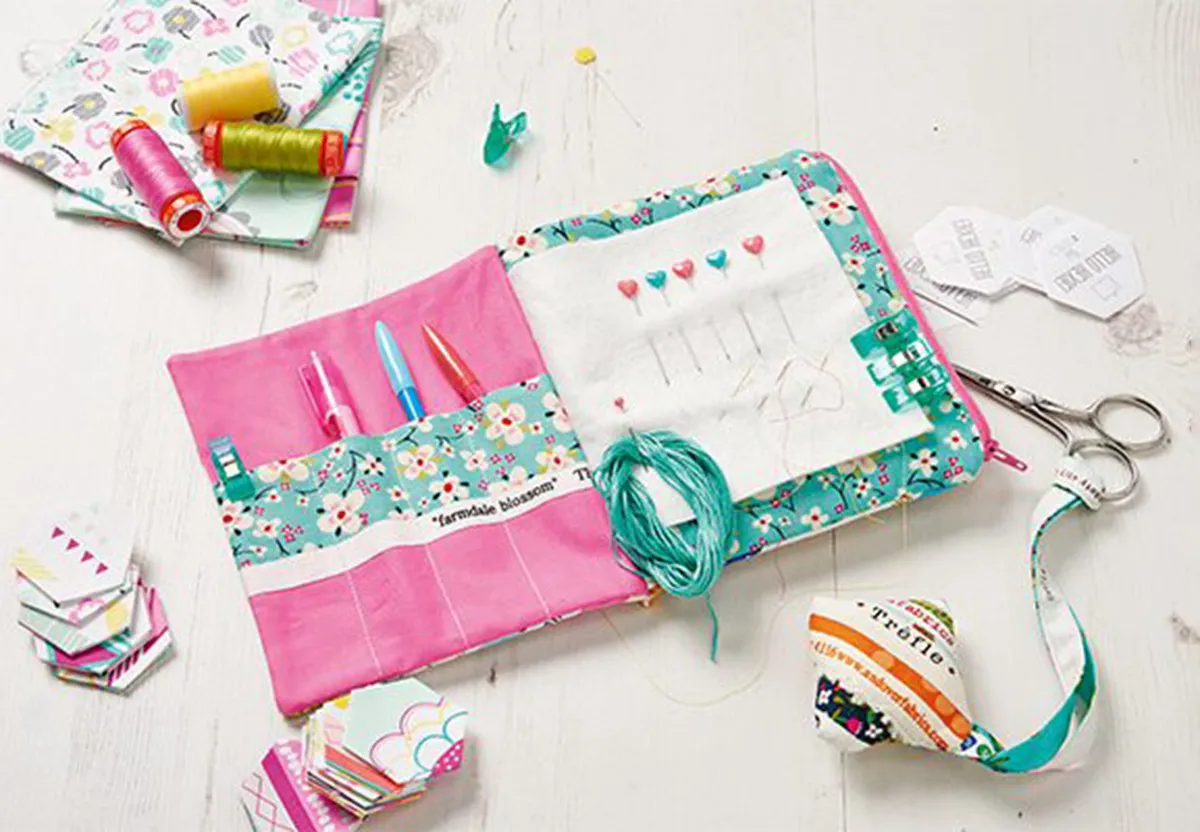
If you’re a keen sewer, you’ll have plenty of pesky pieces of scrap fabric that are just too pretty to throw away, but too small to use to make anything with.
Follow this step-by-step guide and turn them into a handy storage case.
Find out how to make your own selvedge travel case.
4. Sew your own heat packs

These mini fabric pocket heat packs will be much appreciated in the colder months and are another great way to use up any scraps of fabric.
Easy to make and beautifully functional, you won’t regret making these once the temperature starts to drop.
Sew your own handy pocket heat packs.
5. Patchwork denim quilt

Made using repurposed denim, this quilt has a real 70s vibe and would make the perfect addition to any room. You could even use it as a picnic blanket in warmer weather.
Find out how to make your own denim patchwork quilt.
Sustainable sewing helps to reduce waste
We can all do our bit to reduce wasteful fashion practices and make our wardrobes more sustainable. Sustainable sewing projects are a brilliant place to begin, whether you're making your own outfits from old garments or turning them into adorable toys.
For those times when you need to buy new clothes, you can make the ethical choice to shop more sustainably from brands with a real understanding of environmental issues.
Make eco-friendly fashion choices with Gudrun Sjöden
If you've decided to commit to dressing more sustainably, choosing the right fashion brand can make a real difference. You can rest assured that you're buying clothes made to the highest environmental standards, which have been designed with thought and care at every step of the process.
Your new garments will be crafted to a high standard, meaning that they'll last for years if you look after them.
Give your wardrobe an eco-friendly update with Gudrun Sjöden.
